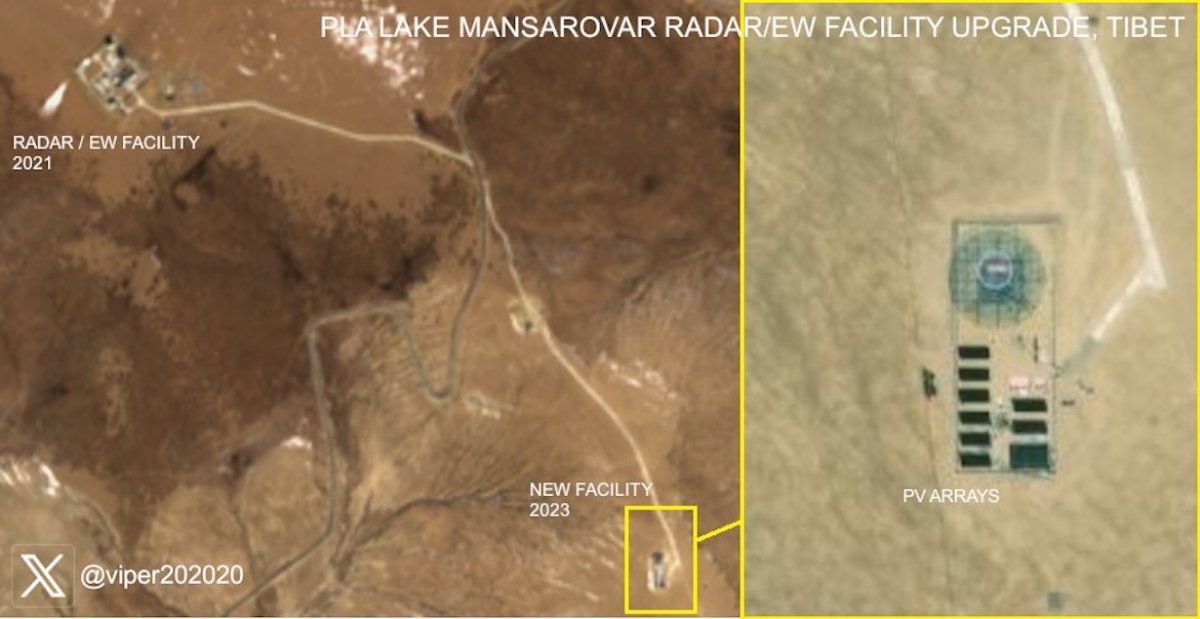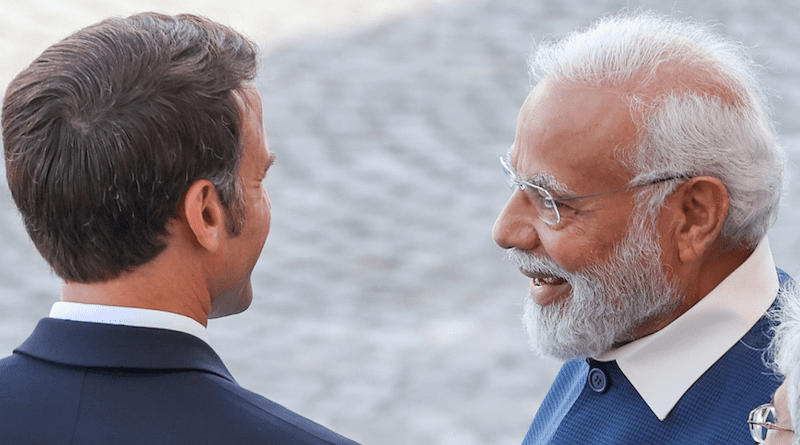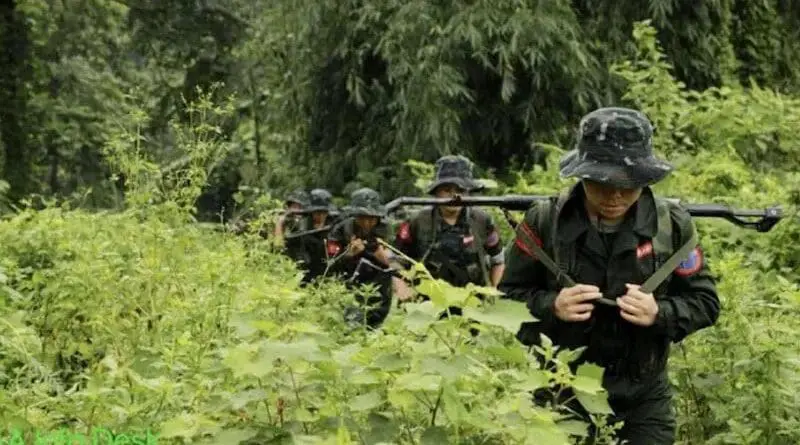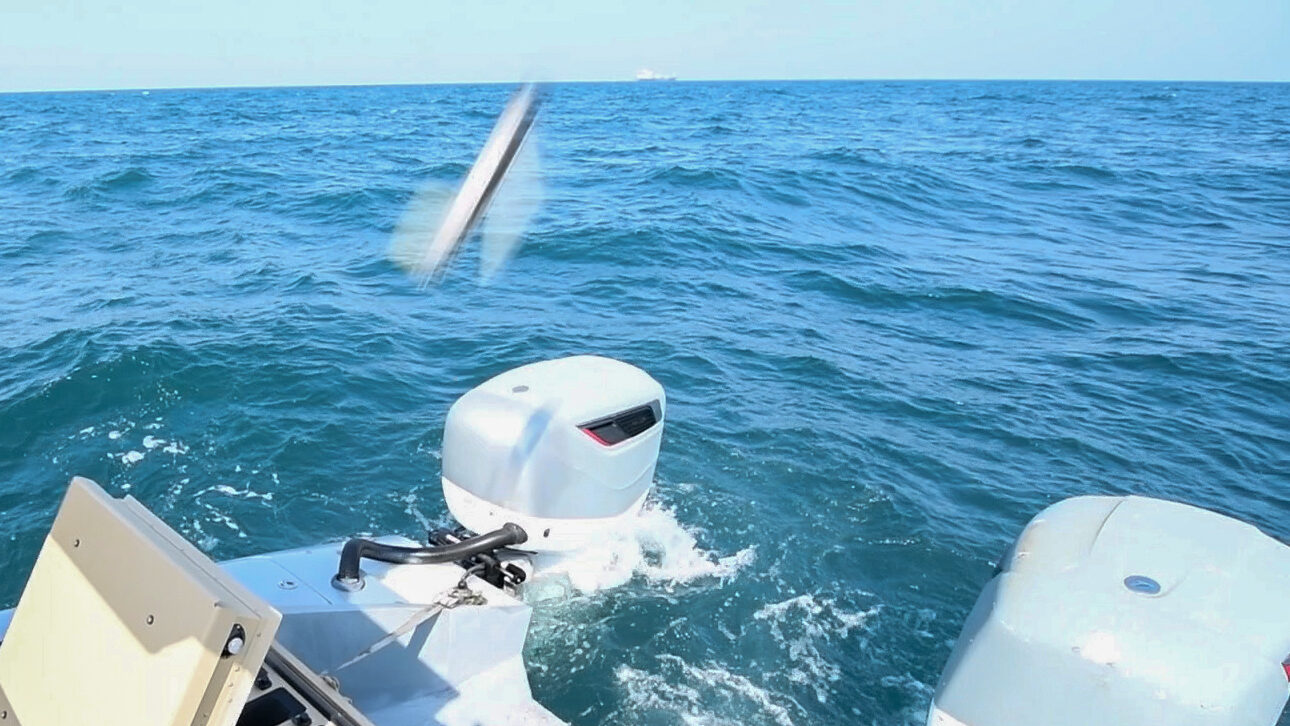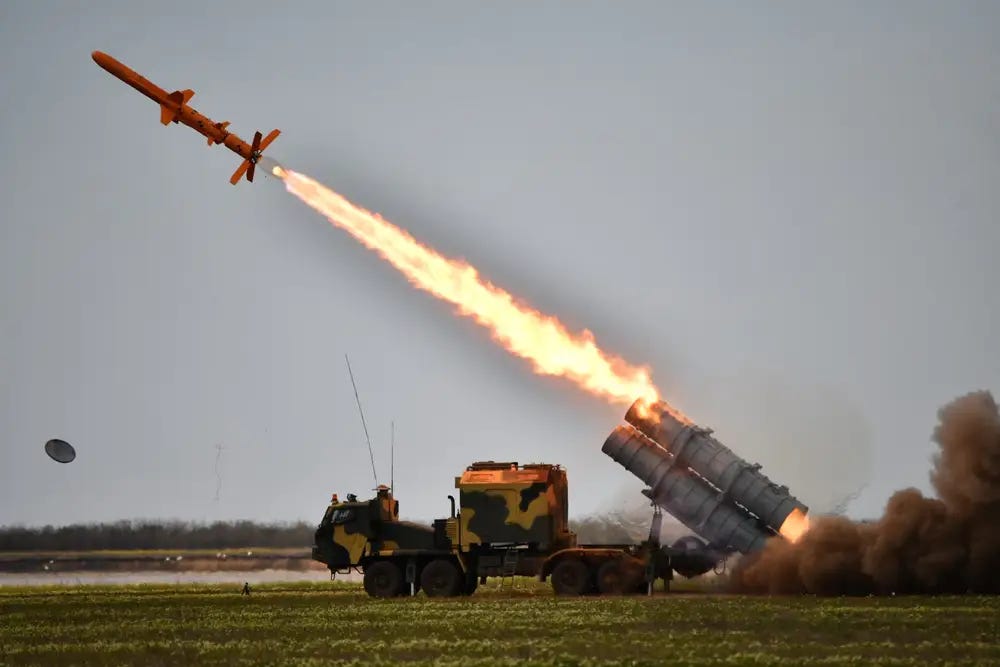ALBERT AJI AND BASSEM MROUE

An Israeli strike on the Syrian capital on Saturday destroyed a building used by the Iranian paramilitary Revolutionary Guard, killing at least five Iranians, Syrian and Iranian state media reported.
The Syrian army said the building in the tightly guarded western Damascus neighborhood of Mazzeh was entirely destroyed, adding that the Israeli air force fired the missiles while flying over Syria’s Israeli-occupied Golan Heights. The Israeli military did not comment.
A few hours later, an Israeli drone strike on a car near the southern Lebanese port city of Tyre killed two people, including a Hezbollah member, who were in the vehicle and two people who were in a nearby orchard, an official with the group and Lebanon’s state news agency said. One of those killed was Ali Hudruj, a local Hezbollah commander, said the official, who spoke on condition of anonymity in line with regulations, without giving further details.
Nour News, which is believed to be close to Iran’s intelligence apparatus, identified two of the dead in Damascus as Gen. Sadegh Omidzadeh, the intelligence deputy of the guard’s expeditionary Quds Force in Syria, and his deputy, who goes by the nom de guerre Hajj Gholam. The guard later issued statements identifying the five dead as Hojjatollah Omidvar, Ali Aghazadeh, Hossein Mohammadi, Saeed Karimi and Mohammad Amin Samadi. It gave no ranks for them. The difference in information could not be immediately reconciled.
An opposition war monitor, the Syrian Observatory for Human Rights, said at least six people — five Iranians and a Syrian — were killed in the missile attack that struck while officials from Iran-backed groups were holding a meeting. The Observatory’s chief, Rami Abdurrahman, said three of the Iranians were commanders, adding that four other people are still missing under the rubble.
The Telegram channel for Iranian state TV reported that Iran’s President Ebrahim Raisi condemned the Israeli attack on Damascus, adding that “the Islamic Republic will not leave the crimes of the Zionist regime unanswered.”
